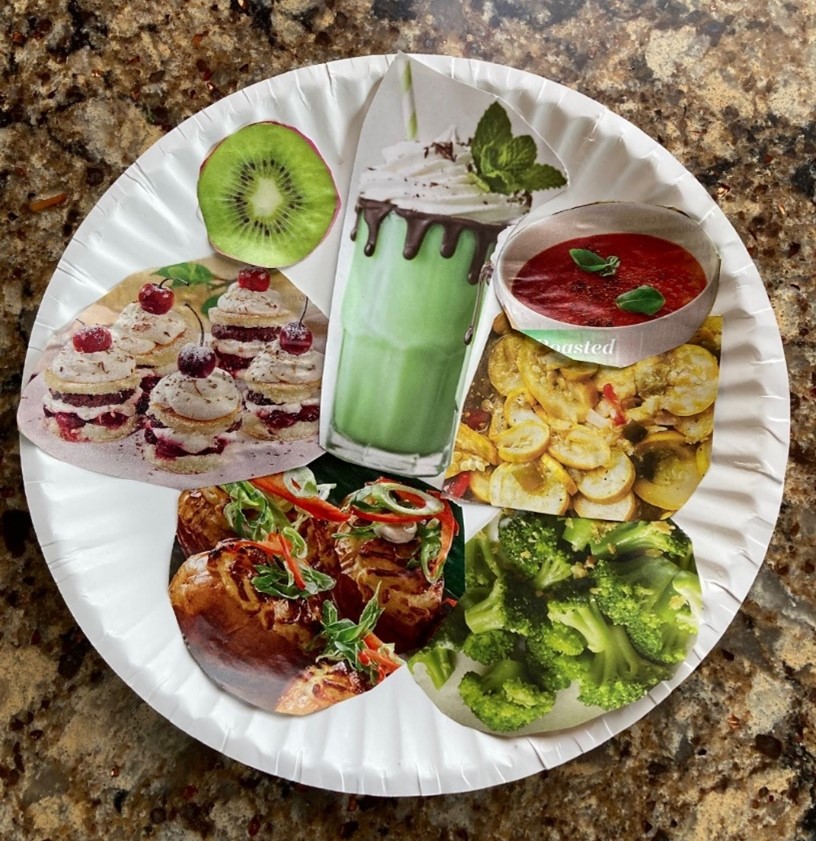An introduction to exploring cultures while gardening and cooking with kids
Gardening and cooking with kids is a great way to explore cultures and people around the world.

Food plays an important role in our lives in many ways beyond sustaining our bodies. Families, cultures, and geographic regions have traditions around food that have been passed down from generation to generation. It could be a favorite recipe, an everyday meal, or a special ritual to celebrate countless occasions.
Communities, families and friends build relationships around food. Sharing a meal is a great way to get to know someone, whether it is a celebration, holiday, or your family sitting around a dinner table. People enjoy eating together and sharing conversation. In many cultures throughout the world, it is expected to serve guests a meal and can even be an insult to the host if a meal or drink is not shared.
Take a minute to think about your family traditions, or the customs celebrated in your culture or community. Think about special times with friends, or when you have hosted someone for the first time at your home. Many special occasions revolve around food. Favorite family recipes, traditional meals you make and share, and even growing food in your garden can bring people together. Many people have recipes or favorite dishes that are a “must have” at holidays, birthdays, picnics, etc. with family and friends. The gathering just wouldn’t be the same without “Aunt Maria’s homemade tamales” or “Uncle Henry’s fruit cake.”
Generally, throughout the world, most people eat foods that are grown regionally or have historic importance to their region or culture. Recipes often vary depending on the region of the country.
Want to get started exploring cultures with your little ones? Plant a garden with your club or family to grow the fruits and vegetables you like to eat. Explore what you know about the foods we grow and eat. Where did ingredients for your favorite recipes originate? What is its history? How did it travel around the world to your dinner plate?
Encourage kids to explore where some of the foods they eat come from or the cultures behind their favorite foods. Ask kids to glue pictures from magazines or draw on paper plates with some of their favorite foods. Seed catalogs are great sources for pictures if you want your participants to focus on fruits and vegetables they can grow in their gardens.

After the participants have a full plate, they can research some of the foods to find out more about them. Explain that food is an integral part of every culture around the world.
Take a closer look:
- How international is your plate?
- What are some of your favorite foods and where did they originate?
- What are the ingredients in your favorite foods and where did they originate from?
- Do some of your favorite foods use herbs and spices grown in faraway places?
Other activities could include:
- Cook a new recipe from another culture together as a group
- Create a club or classroom cookbook
- Host a potluck with foods around a theme, such as Mexican or Polish foods
- Have a local chef give a talk to the kids or a tour of a restaurant
- Have children take photos of fruits and vegetables at the grocery store and look at the tags to see where they were grown
- Write a story about “My life as a fruit or vegetable”
- Share a family recipe and where it came from
- Visit a market featuring foods from another culture
- Plan and plant a garden to grow fruits, vegetables and herbs adding labels with some fun facts including where the fruit, vegetable or herb originated and the name of a popular dish using the fruit, vegetable, or herb as an ingredient
We hope these ideas from Michigan State University Extension will help you have a great time eating and exploring new foods, cultures and traditions.



 Print
Print Email
Email




